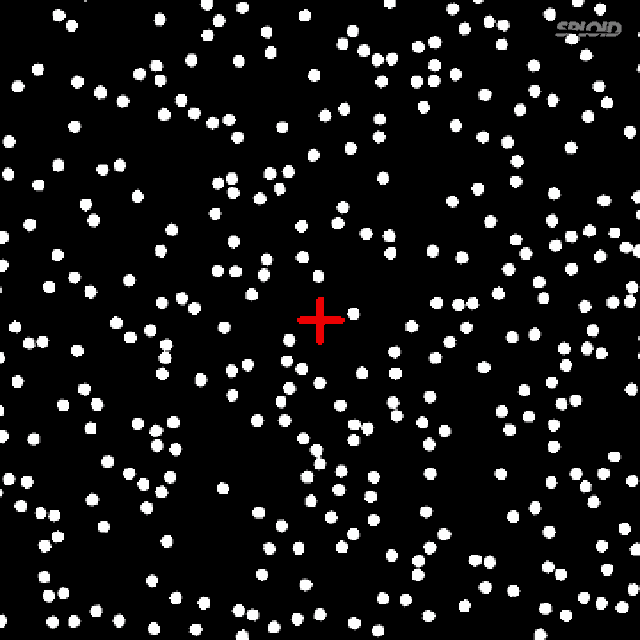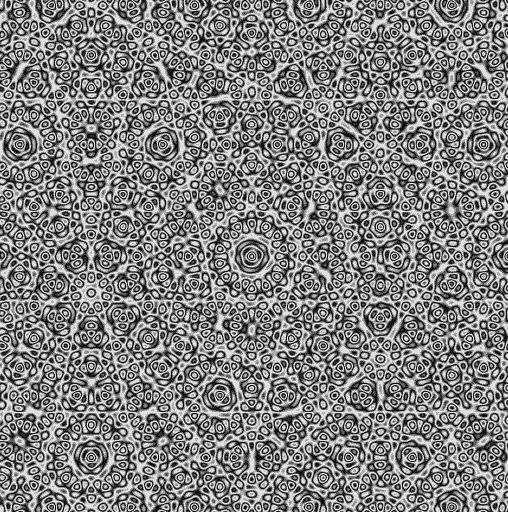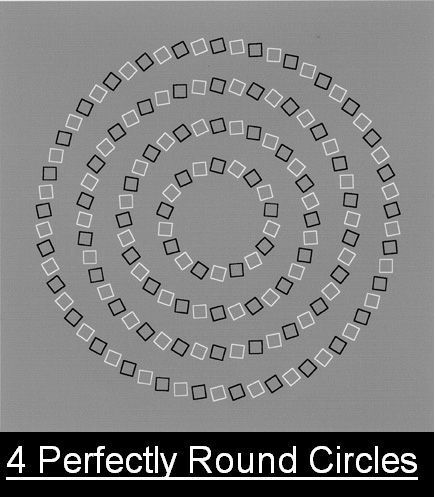
By David Ponce
Whenever awards are given from criteria that aren’t quantitative, it’s pretty easy to question their validity. The above illusion won the Best Illusion of The Year 2007 as sponsored by the Neural Correlate Society, and while it’s interesting, perhaps 2007 was just a slow year. Still, this is what was said:
These images of the Leaning Tower are actually identical, but the tower on the right looks more lopsided because the human visual system treats the two images as one scene. Our brains have learned that two tall objects in our view will usually rise at the same angle but converge toward the top—think of standing at the base of neighboring skyscrapers. Because these towers are parallel, they do not converge, so the visual system thinks they must be rising at different angles.










